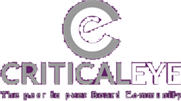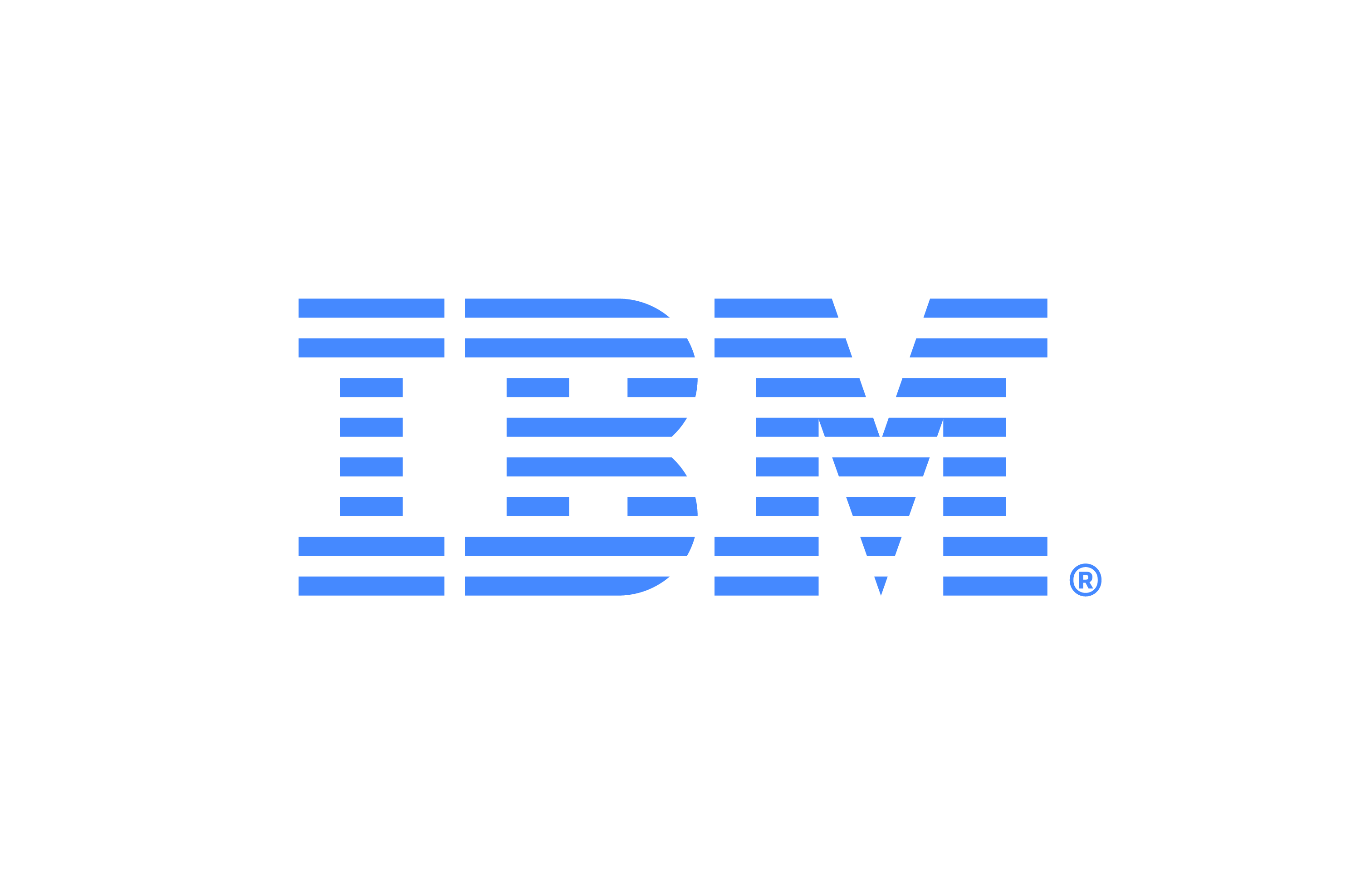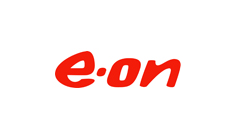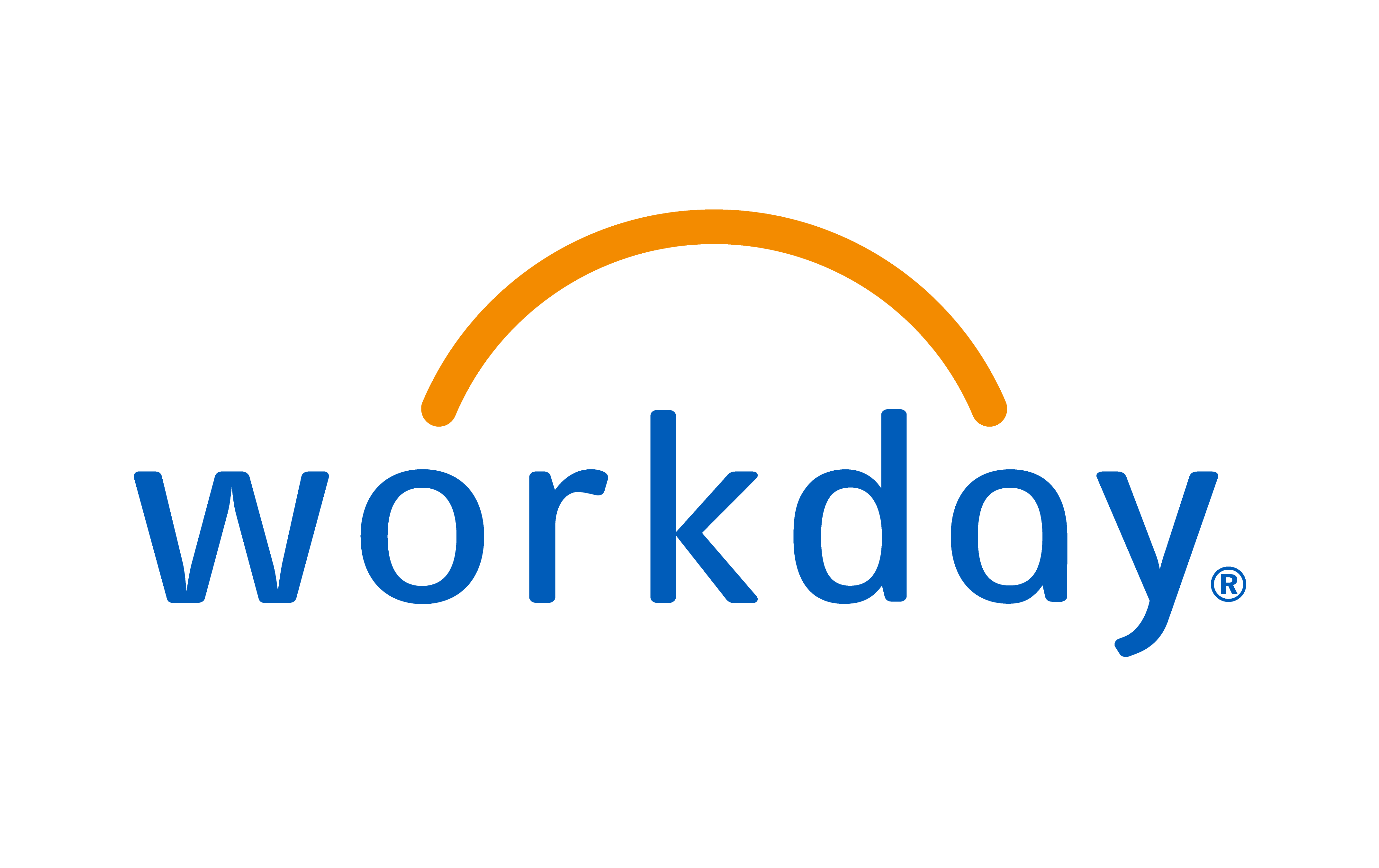.jpg)
CEOs and CFOs are grappling to find ways to build organisations that are lean, efficient and deliver to customers and clients with a sense of purpose. There’s a real balancing act underway between managing costs and short-term pressures, while also making the right strategic calls to invest in the future.
At Criticaleye’s recent Leadership Retreat, held in Partnership with AlixPartners, Palo Alto Networks, Hitachi Solutions and Workday, the discussion focused on three main areas of strategic clarity, leadership capability and technology. Paul Kelly, UK Country Co-Leader and Partner and Managing Director, AlixPartners, commented: “People are starting to get used to the turbulence. They’re figuring out how to navigate it and generally becoming more comfortable with disruption.”
In the context of technology, Paul emphasised the need to think about outcomes. “It's important to consider the business,” he said. “All too often, technology is thought about as something that needs to be implemented, rather than focusing on the business need for the organisation.”
He noted that the timelines for mass adoption can take longer than people initially hope. He explained: “I am a big believer in AI and think it's a game-changer, but there's a long way to go because there are a lot of questions that still need to be answered and worked through in terms of how it is going to impact organisations.
“There are, however, a whole wave of technologies, such as the cloud and machine learning, that have been maturing nicely in the background and are now making a real difference.”
Forces of Change
The reality for many senior executives today is that they are tasked with driving large-scale transformation while needing to deliver on quarterly performance targets. Some will say that there’s nothing particularly new in this, but it does feel like the intensity around what leaders are expected to deliver and the pace at which they’re having to execute has increased.
It's a test of both technical skills and emotional intelligence. Bérangère Michel, Deputy Chair of World Animal Protection and former Finance Director of John Lewis Partnership, commented: “People can smell if you’re not being entirely honest with them. Therefore, you have to be balanced and let them know what the organisation has been doing well, but highlighting where things are not working is also key.”
Consistency in messaging is essential. “When there is a huge transformation underway, communication is incredibly important,” Bérangère said. “It needs to move into storytelling, so you can explain where the business is today, why changes have to be made and where you’re going. The CFO has a big role to play in this, along with the other members of the executive team, and the Chair, too. They must engage people to help them understand the reasons for what's happening.”
The Board should be aligned, too. Francesca Ecsery, Non-executive Director at Air France and a Board Mentor at Criticaleye, said: “There is a question to be asked around long vs short term: ‘Are we doing this for strategic reasons, or just cost cutting?’ Quite often, everybody is very ambitious at the start but then compromises happen and the danger is you end up with something which doesn’t resemble what you started with at the outset…
“For me, that’s where the non-executive directors come in as they can, if you like, create the safety lanes to ensure the executives stay pointed in the right direction.”
Alan Bannatyne NED, Selkirk Group and another Board Mentor with Criticaleye, commented: “If you are only thinking about short-term performance, it’s going to drive a whole set of restrictive behaviours. By contrast, if you take a long-term perspective and believe you’re a custodian of the company, then you will always need to empower people to create growth channels and fund them appropriately.”
He agreed on the importance of storytelling. “If you tell a growth story to investors, they will often buy into the idea of needing to take one step back to go two steps forward,” he said. “However, if you tell them it’s fundamentally about taking costs out of the business, I suspect you're probably going to drive negative outcomes, which also feeds into employee sentiment, clients and customers.
“If the rationale is just about trying to be more efficient, that's not the most exciting story.”
Matthew Blagg, CEO of Criticaleye, emphasised the tight-knit relationship between chief executives and chief finance officers. “I do believe there is a significant opportunity for those CEOs and CFOs that work together and are aligned on a strategy which enables them to adapt where necessary,” he explained.
This doesn’t mean they always agree. Rather, they’re able to engage in candid conversations about performance, core stakeholders and strategy. Matthew added: “If you look at the organisations that are good at transformation, they often have leadership teams which possess the ability to deal with sudden change by recalibrating quickly.”
It’s about being able to flex when the unexpected occurs and retain strategic discipline. “Leadership has to set out a clear vision and direction and then empower teams to get there,” said Bérangère.
To see more of our Leadership Retreat, click here












 (002).png)










